Description
Introduction
Chemical injection, often called chemical dosing, is a process wherein specific chemicals are introduced into a system to achieve a particular outcome. This method is employed across various industries and can serve multiple purposes.
Types of Chemical Injection
- Corrosion Inhibitors: These chemicals are introduced into systems, especially in the oil and gas industry, to prevent the corrosion of equipment and pipelines. By forming a protective layer on the metal surfaces, they extend the lifespan of the infrastructure and ensure smooth operations.
- Biocides: Used primarily in water treatment and oil and gas sectors, biocides help in eliminating harmful microorganisms that can cause equipment degradation or affect the quality of the end product.
- Scale Inhibitors: These prevent the formation of scale deposits, especially in pipelines and equipment. Scale can reduce the efficiency of operations, and these chemicals ensure that mineral deposits don’t accumulate.
- Polymers: In wastewater treatment, polymers are used as flocculants to help bind and remove suspended particles from the water, aiding in the clarification process.
- Disinfectants: Commonly used in water treatment plants, disinfectants like chlorine and ozone are injected to kill pathogens, ensuring the water is safe for consumption.
- Fertilizers: In agriculture, nutrient-rich chemicals are injected into the soil to enhance its fertility and promote plant growth.
- Pesticides and Herbicides: Also in agriculture, these chemicals are used to protect crops from pests and weeds, ensuring better yield.
- pH Adjusters: In various industries, chemicals like acids or bases are injected to adjust the pH levels of a solution, ensuring optimal conditions for a particular process.
- Surfactants: Used in enhanced oil recovery, surfactants help reduce the surface tension, making it easier to extract oil from reservoirs.
- Medications: In medical applications, specific drugs can be injected to treat illnesses or manage conditions. The precision of chemical injection ensures the right dosage and targeted delivery.
Introduction to Chemical Injection Quill
A chemical injection quill is a specialized device designed to introduce chemicals into a system or process stream with precision and efficiency. Typically made of corrosion-resistant materials, the quill ensures that the injected chemicals are evenly dispersed and mixed within the main flow to prevent localized high concentrations. This design helps in mitigating potential issues such as corrosion or scaling at the point of injection. The quill’s extended length allows the chemical to be introduced into the center of the flow stream, further ensuring optimal mixing and distribution.
Benefits of Using Chemical Injection Quills
- Precision in Delivering Chemicals to Specific Points:
- Targeted Application: Chemical injection quills allow for the exact placement of chemicals within a system. This ensures that the chemical reaches the intended location, optimizing its effectiveness.
- Consistent Dosage: The design of the quill ensures a steady and consistent flow of the chemical, guaranteeing that the correct amount is delivered each time.
- Adaptability: Quills can be adjusted or chosen based on their length and nozzle design, ensuring that they cater to the specific needs of different systems and applications.
- Reduction in Chemical Wastage:
- Efficient Use: By ensuring that chemicals are delivered precisely where needed, quills minimize the chances of over-application or under-application. This means that only the required amount of chemicals is used, reducing excess consumption.
- Optimal Mixing: The design of the quill ensures that chemicals are introduced in a manner that facilitates optimal mixing with the process stream. This ensures that the chemical is fully utilized and not left unreacted or settled at the bottom.
- Economic Benefits: With reduced wastage, industries can achieve significant cost savings over time, as they optimize the use of often expensive chemicals.
- Enhanced Safety Due to Reduced Backflow and Spillage:
- Check Valves: Many chemical injection quills come equipped with built-in check valves. These valves prevent the process fluid from flowing back into the chemical supply, ensuring that there’s no contamination or dilution.
- Sealed Design: The quill’s design ensures that the chemical is introduced into the system in a sealed manner, reducing the chances of leaks or spillage, which can be hazardous to both the environment and personnel.
- Protection of Infrastructure: By ensuring even distribution and preventing localized high concentrations, quills reduce the risk of corrosion or damage to equipment at the point of injection.
Applications of Chemical Injection in Various Industries
- Oil and gas industry: Enhancing oil recovery, preventing corrosion, and scale inhibition.
- Water treatment: Disinfection, pH control, and coagulation.
- Agriculture: Fertilizer and pesticide application.
- Medical field: Drug delivery systems.
Technological Advancements in Chemical Injection
Automation and real-time monitoring
Automation is the use of technology to perform tasks without human intervention, enhancing efficiency and reducing errors across various sectors.
Real-time monitoring, meanwhile, involves continuous tracking and analysis of processes, providing instant feedback for immediate adjustments. Together, they form a powerful duo: while automation streamlines operations, real-time monitoring ensures they remain on track, offering insights the moment anomalies arise. This combination is revolutionizing industries, leading to smarter and more adaptive systems.
Automation in Chemical Injection:
- Efficiency and Consistency: Automated systems ensure that the precise amount of chemical is injected at the right time, minimizing human error and ensuring consistent dosing.
- Adaptive Control: Modern automation tools can adjust the rate and volume of chemical injection based on real-time data, ensuring optimal performance under varying conditions.
- Maintenance Alerts: Automated systems can schedule maintenance, reducing downtime and ensuring the longevity of the equipment.
Real-time Monitoring in Chemical Injection:
- Instant Feedback: Real-time sensors provide immediate data on the chemical’s distribution, concentration, and reaction, allowing for swift adjustments.
- Safety Enhancements: Monitoring tools can instantly detect anomalies like leaks or overflows, triggering alerts for immediate intervention.
- Data Analysis and Insights: Continuous data collection offers insights into system performance, helping in predictive maintenance and optimization of the injection process.
Conclusion
Chemical injection is vital across industries, optimizing operations and ensuring safety. The chemical injection quill enhances precision and reduces wastage. With the advent of automation and real-time monitoring, the process is becoming more efficient and adaptive. These advancements promise a future of streamlined operations, increased safety, and sustainable industrial practices.

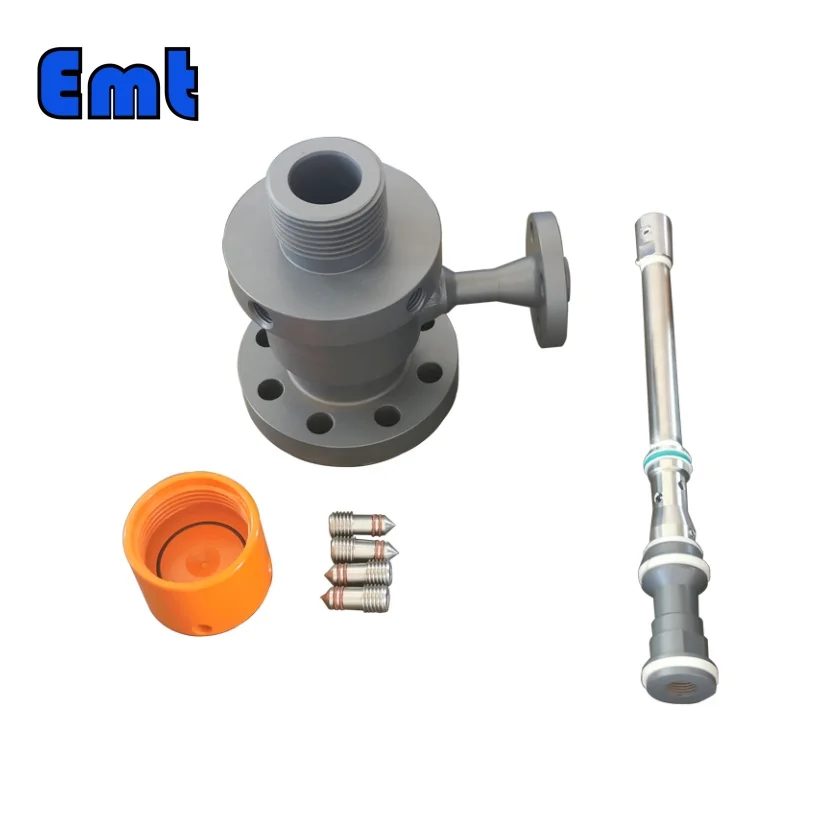
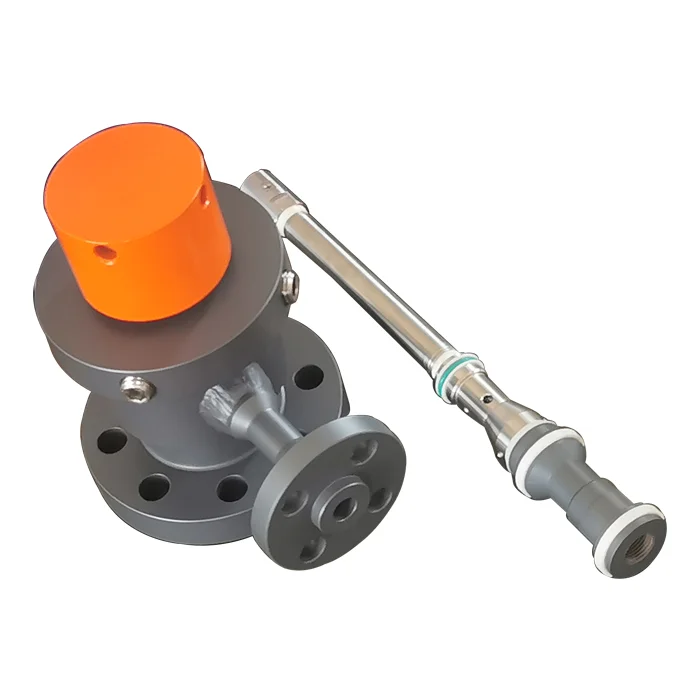
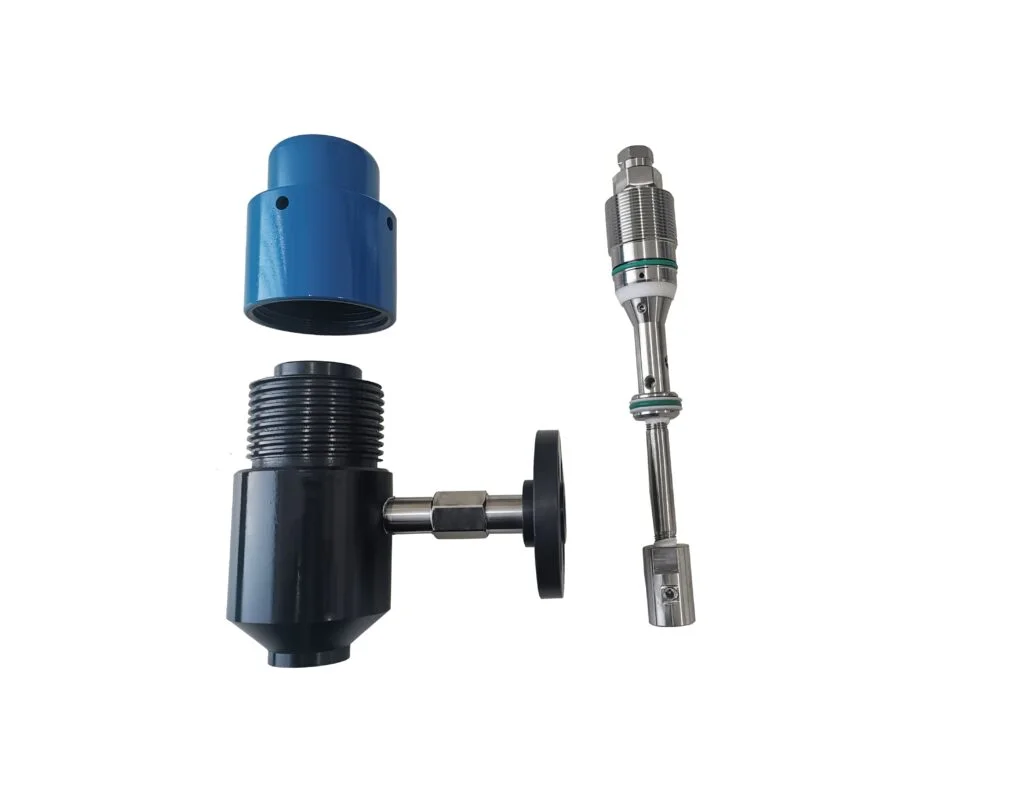
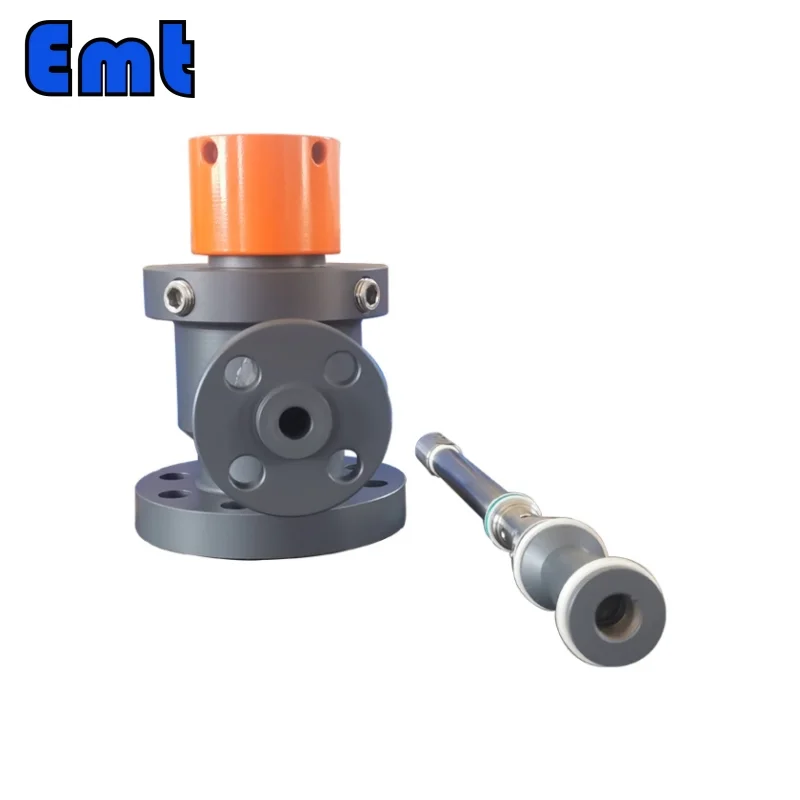
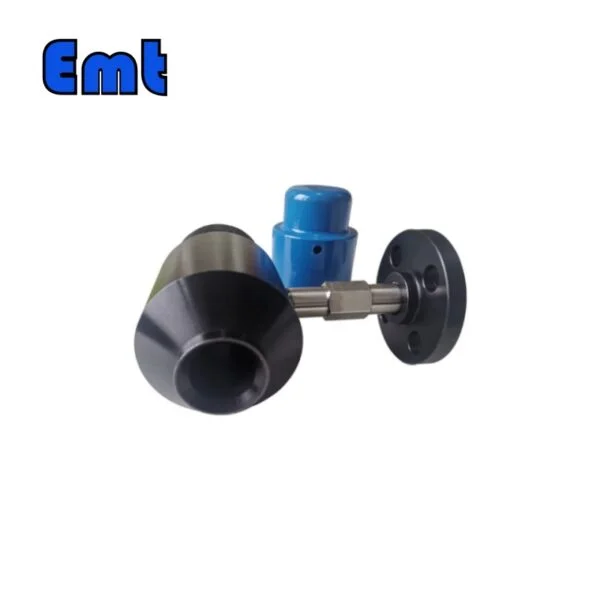
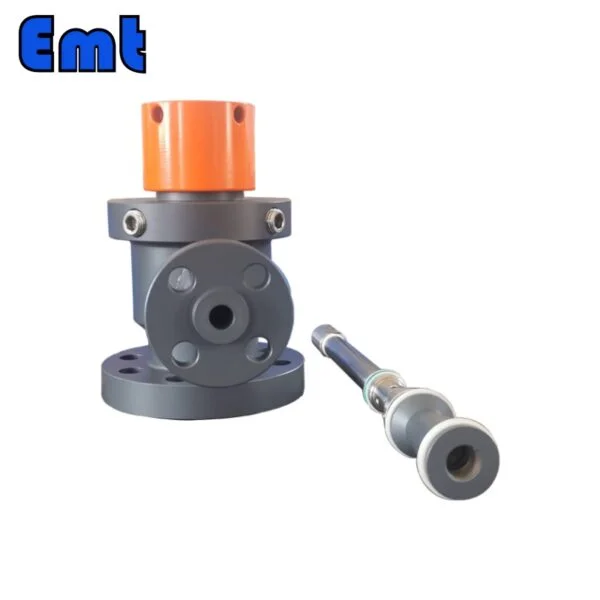
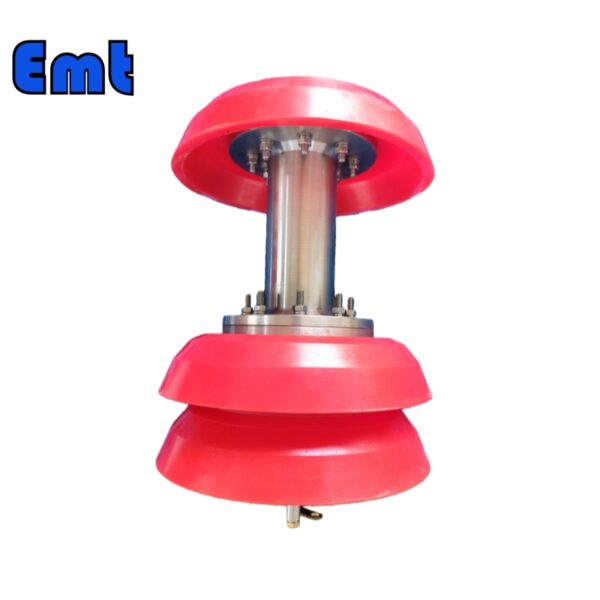
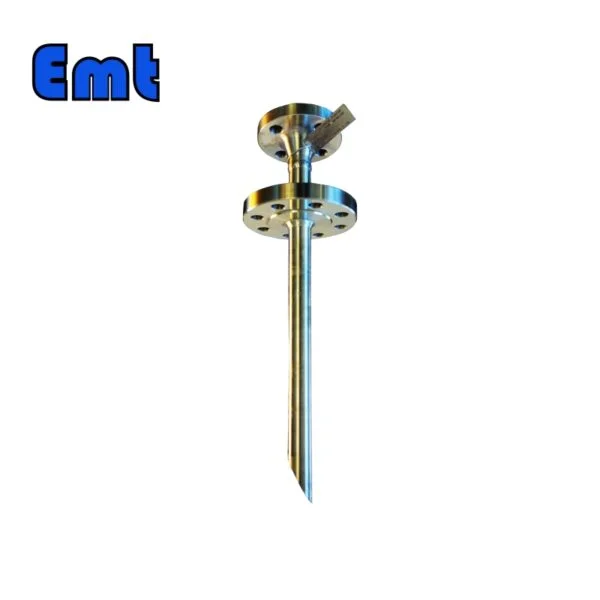
Reviews
There are no reviews yet.